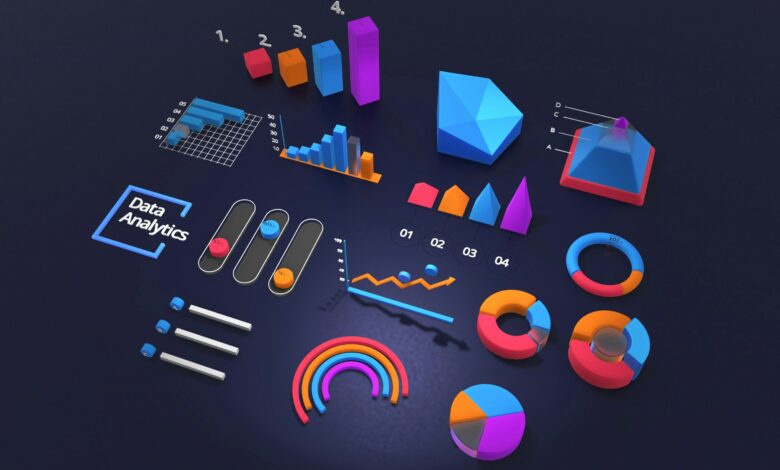
Artificial intelligence continues to dominate headlines, but for professional services firms, it’s not hype – they’re feeling the first wave of transformation in real time. And the consolidation and increasing competition in the sector means it will become a necessity for firms that want to survive. Whether improving workforce planning, streamlining operations, or creating new value for clients, AI offers enormous potential. Yet, many firms have not yet translated that potential into practical, lasting impact. Because successful AI adoption isn’t just about the tech. It’s about the people.
When working closely with firms navigating the AI journey one thing is clear – it works best when everyone trusts that it can make a positive impact. From leadership to practitioners, AI adoption requires cultural readiness, effective communication, and a mindset shift that treats AI not as an intrusion, but an ally that can transform critical operations like resource management from a logistical headache into a strategic business lever.
Trust starts with understanding
It’s no secret that AI adoption comes with a healthy dose of scepticism. According to KPMG’s 2023 report on trust in artificial intelligence, three in five people globally feel either ambivalent or unwilling to trust AI systems. In professional services – where accuracy, accountability, and relationships are everything – this trust gap becomes even more critical.
The issue is not just ethical; it’s practical. Deloitte found that 50% of firms they surveyed saw AI-related risks as a barrier to scaling their initiatives. These concerns often centre on transparency, data privacy, and a lack of understanding about how AI decisions are made. Firms are right to be cautious, but AI is a broad term for a variety of technologies, and part of the problem is that people assume the same risks apply to all. With so much focus on LLMs it’s easy to lose sight of the real challenge: building trust. The problem isn’t what AI can do – it’s how much people trust it to do it. And people fear what they don’t understand.
We have to build AI that’s explainable and flexible. Unlike black-box tools that offer little insight into how outcomes are reached, the best AI offers clear reasoning behind each suggestion. People aren’t expected to just trust the system blindly – they’re given visibility and control, and to know that their judgement is still at the heart of decision making. That reassurance is what means AI is adopted and accepted, rather than feared.
AI needs culture, not just code
The biggest reason AI implementations fail has nothing to do with code or cloud infrastructure. It’s cultural. Introducing AI into a firm is a mindset shift, not just a system upgrade. And if people don’t feel informed, consulted, or supported, resistance is inevitable.
A common misstep is assuming AI is only the responsibility of IT or operations. In reality, it affects everyone. Engagement leaders want better project planning. Practitioners want more time to focus on complex, human work. We know that the resource managers we work with want tools that help them handle growing complexity. But none of those groups will use a system they don’t trust – or one that feels imposed without context.
That’s where change management becomes essential. Firms that succeed with AI usually spend as much time preparing people as they do testing the technology. They start small, invite feedback, communicate openly, and provide support along the way. They help people see AI not as a replacement, but an additional resource.
Empowering people through design
The design of an AI system plays a huge role in whether it supports or stifles a team. So we’ve built our AI to be adjustable – so that users can decide the level of support they need.
For straightforward tasks, AI can suggest matches based on availability, skills, location and grade. It speeds up what used to be time-consuming work, freeing up time for more strategic decisions. For complex, high-volume scheduling needs, more strategic AI uses advanced optimisation to suggest efficient plans at scale, while still giving managers the final say.
This flexibility is crucial. It allows resource managers to stay in control, while benefiting from the processing power and objectivity of AI at scale. And because our user interface shows the trade-offs that the AI has made, users can better understand the decisions made, and build confidence in both the tool and their own ability to use it. AI can make complex trade-offs humans can’t see by considering thousands of options that then help make humans better at their jobs – and making people see it actually helps them is what gets them across the bridge.
AI that grows with the firm
As firms grow and the complexity of resourcing increases, AI becomes essential. Successful AI is designed to scale with the needs of the firm – handling more data, more clients, and more scheduling intricacies without creating bottlenecks.
This isn’t about replacing human judgment. It’s about enhancing it. AI can process far more data points than a person can – in seconds, not hours. It identifies patterns, flags potential issues, and provides options. But it’s the people who apply context, experience and relationships to make the final call.
That’s why we see AI as a partner. Everyone who uses it has a role to play – whether it’s designing the right systems, communicating changes, applying insights, or providing feedback. And the firms who treat it this way are already seeing results.
Getting started, together
For firms that are still on the fence about AI, the advice is: start with understanding, build trust gradually, and don’t go it alone.
Find a trusted vendor and lean on their expertise. Start with a pilot project that addresses a clear need – like improving scheduling efficiency or enhancing workload visibility. Choose tools that provide transparency and flexibility. Listen to your teams, understand the friction, and adjust as you go. AI isn’t the answer to every problem, but it can solve many if introduced with communication and care.





